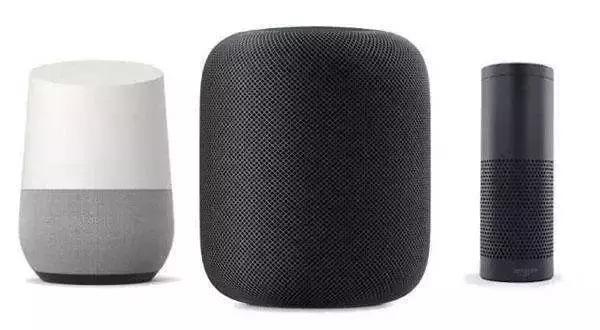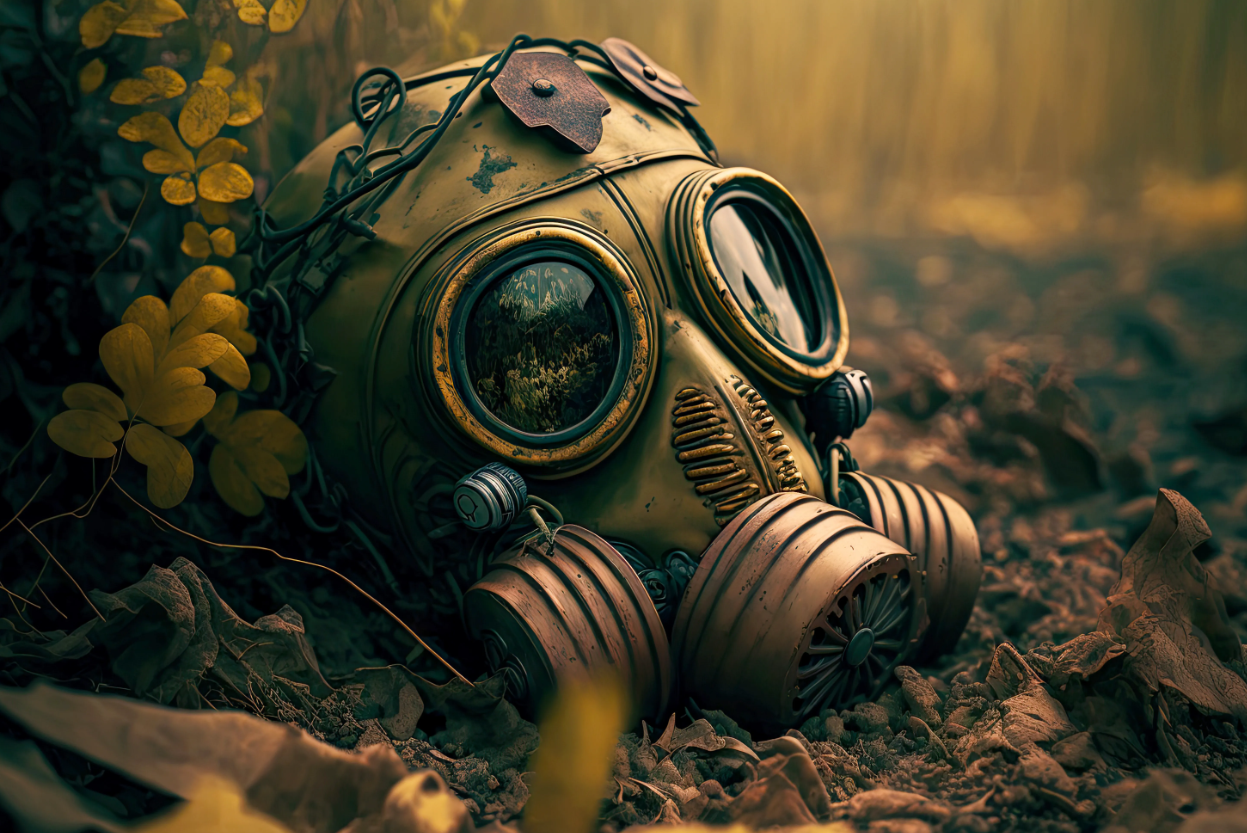模型:
philschmid/layoutlm-funsd
任务:
 other
other
 英文
英文layoutlm-funsd
这个模型是在funsd数据集上针对 microsoft/layoutlm-base-uncased 进行微调的版本。它在评估集上取得了以下结果:
- 损失:1.0045
- 答案:{'precision': 0.7348314606741573, 'recall': 0.8084054388133498, 'f1': 0.7698646262507357, 'number': 809}
- Header:{'precision': 0.44285714285714284, 'recall': 0.5210084033613446, 'f1': 0.47876447876447875, 'number': 119}
- 问题:{'precision': 0.8211009174311926, 'recall': 0.8403755868544601, 'f1': 0.8306264501160092, 'number': 1065}
- 总体准确率:0.7599
- 总体召回率:0.8083
- 总体F1值:0.7866
- 总体准确度:0.8106
训练超参数
训练过程中使用了以下超参数:
- 学习率:3e-05
- 训练批次大小:16
- 评估批次大小:8
- 种子:42
- 优化器:Adam,beta参数为(0.9,0.999),epsilon参数为1e-08
- 学习率调度器类型:线性
- 训练轮数:15
- 混合精度训练:原生AMP
使用推理终端部署模型
在开始之前,请确保您满足以下所有要求:
1. 部署LayoutLM并发送请求
在本教程中,您将学习如何将 LayoutLM 部署到 Hugging Face Inference Endpoints ,并如何通过API将其集成到您的产品中。
本教程不涵盖创建用于推理终端的自定义处理程序的内容。如果您想了解如何创建用于推理终端的自定义处理程序,您可以查看 documentation ,或者浏览 “Custom Inference with Hugging Face Inference Endpoints” 。
我们将部署 philschmid/layoutlm-funsd ,它实现了以下handler.py
from typing import Dict, List, Any
from transformers import LayoutLMForTokenClassification, LayoutLMv2Processor
import torch
from subprocess import run
# install tesseract-ocr and pytesseract
run("apt install -y tesseract-ocr", shell=True, check=True)
run("pip install pytesseract", shell=True, check=True)
# helper function to unnormalize bboxes for drawing onto the image
def unnormalize_box(bbox, width, height):
return [
width * (bbox[0] / 1000),
height * (bbox[1] / 1000),
width * (bbox[2] / 1000),
height * (bbox[3] / 1000),
]
# set device
device = torch.device("cuda" if torch.cuda.is_available() else "cpu")
class EndpointHandler:
def __init__(self, path=""):
# load model and processor from path
self.model = LayoutLMForTokenClassification.from_pretrained(path).to(device)
self.processor = LayoutLMv2Processor.from_pretrained(path)
def __call__(self, data: Dict[str, bytes]) -> Dict[str, List[Any]]:
"""
Args:
data (:obj:):
includes the deserialized image file as PIL.Image
"""
# process input
image = data.pop("inputs", data)
# process image
encoding = self.processor(image, return_tensors="pt")
# run prediction
with torch.inference_mode():
outputs = self.model(
input_ids=encoding.input_ids.to(device),
bbox=encoding.bbox.to(device),
attention_mask=encoding.attention_mask.to(device),
token_type_ids=encoding.token_type_ids.to(device),
)
predictions = outputs.logits.softmax(-1)
# post process output
result = []
for item, inp_ids, bbox in zip(
predictions.squeeze(0).cpu(), encoding.input_ids.squeeze(0).cpu(), encoding.bbox.squeeze(0).cpu()
):
label = self.model.config.id2label[int(item.argmax().cpu())]
if label == "O":
continue
score = item.max().item()
text = self.processor.tokenizer.decode(inp_ids)
bbox = unnormalize_box(bbox.tolist(), image.width, image.height)
result.append({"label": label, "score": score, "text": text, "bbox": bbox})
return {"predictions": result}
2. 使用Python发送HTTP请求
Hugging Face的推理终端可以直接处理二进制数据,这意味着我们可以直接将文档中的图片发送到终端。我们将使用requests发送请求(确保您已经安装了它 pip install requests)
import json
import requests as r
import mimetypes
ENDPOINT_URL="" # url of your endpoint
HF_TOKEN="" # organization token where you deployed your endpoint
def predict(path_to_image:str=None):
with open(path_to_image, "rb") as i:
b = i.read()
headers= {
"Authorization": f"Bearer {HF_TOKEN}",
"Content-Type": mimetypes.guess_type(path_to_image)[0]
}
response = r.post(ENDPOINT_URL, headers=headers, data=b)
return response.json()
prediction = predict(path_to_image="path_to_your_image.png")
print(prediction)
# {'predictions': [{'label': 'I-ANSWER', 'score': 0.4823932945728302, 'text': '[CLS]', 'bbox': [0.0, 0.0, 0.0, 0.0]}, {'label': 'B-HEADER', 'score': 0.992474377155304, 'text': 'your', 'bbox': [1712.529, 181.203, 1859.949, 228.88799999999998]},
3. 在图片上绘制结果
为了更好地理解模型的预测结果,您还可以将预测结果绘制在提供的图片上。
from PIL import Image, ImageDraw, ImageFont
# draw results on image
def draw_result(path_to_image,result):
image = Image.open(path_to_image)
label2color = {
"B-HEADER": "blue",
"B-QUESTION": "red",
"B-ANSWER": "green",
"I-HEADER": "blue",
"I-QUESTION": "red",
"I-ANSWER": "green",
}
# draw predictions over the image
draw = ImageDraw.Draw(image)
font = ImageFont.load_default()
for res in result:
draw.rectangle(res["bbox"], outline="black")
draw.rectangle(res["bbox"], outline=label2color[res["label"]])
draw.text((res["bbox"][0] + 10, res["bbox"][1] - 10), text=res["label"], fill=label2color[res["label"]], font=font)
return image
draw_result("path_to_your_image.png", prediction["predictions"])


















